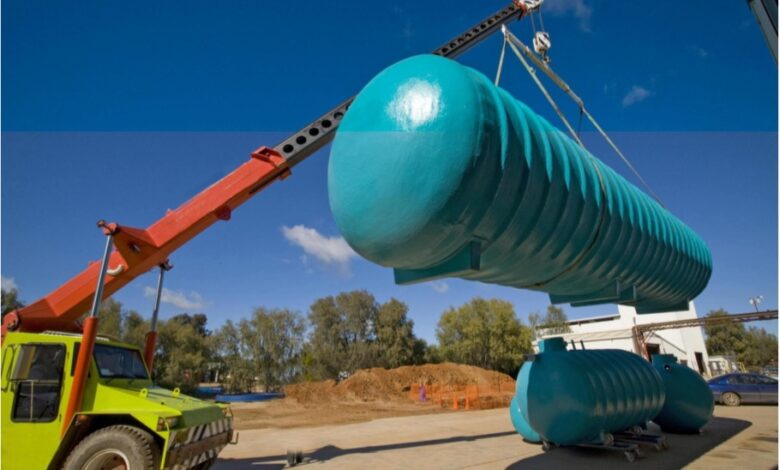The Best Material for Underground Water Tanks

Have you ever wondered what the best material is for your underground water tanks? Hold on, here is all you need. This article delves into various materials used to construct underground tanks. Follow this guide to the end, and you will never go wrong.
Polyethylene tanks
Polyethylene tanks are adaptable and resistant to corrosion. They are simple to transport and install due to their low weight. Furthermore, their resistance to a wide range of compounds renders them appropriate for storing liquids other than water. Underground water storage facilities commonly employ inexpensive, low-maintenance polyethylene storage tanks.
Composite tank
This material offers an alternative to traditional rust-resistant materials and can withstand diverse underground conditions. Composite tanks are a famous brand loved by many due to their outstanding characteristics.
Steel tanks
Due to their resistance to substantial pressure and durability, steel containers are viable options for underground water storage. These containers are frequently coated with corrosion-preventative layers, such as galvanisation or epoxy, to augment their durability. Consistent maintenance is essential to maintaining their peak condition throughout the years.
Concrete tanks
The market is flooded with concrete tanks. Do you know why? The answer is obvious: the strength and durability it has. Concrete tanks are strong and durable. They are suitable for storing a plethora of liquids.
High-density polyethylene tanks
These tanks are resistant to chemicals and impact and are flexible. The resistance of these containers to a wide range of temperatures guarantees their dependability in diverse environmental circumstances. An important benefit of HDPE tanks is their reduced vulnerability to defects such as fracture or leakage. It provides a durable and secure solution for the storage of underground water. Moreover, HDPE is a material that is favourable to the environment. This feature enhances its reputation as an environmentally friendly option for underground water storage. HDPE, a polymer obtained from ethylene, is renowned for its environmentally sustainable manufacturing processes. This facet corresponds with the increasing focus on environmentally conscious behaviours.
The favourable nature of HDPE is further enhanced by its recyclability. It permits materials to be repurposed once they have reached the end of their useful life. This attribute is to the tenets of the circular economy, which advocate for the conservation of resources plus mitigation of the environmental impact linked to water storage systems. As a result, selecting HDPE tanks guarantees tangible advantages in terms of longevity and functionality while demonstrating a dedication to environmentally conscious methodologies and judicious resource administration in underground water storage.
Conclusion
Various materials can be used in the construction of underground water tanks. Each material has distinct features as an advantage or disadvantage. The selection of material to use in underground water depends on personal needs and preferences. Prevailing underground conditions are also considered when selecting the most suitable material. Regular inspection and maintenance of material is essential immaterial of the selected material to ensure efficiency and prolonged lifespan of the tank.





